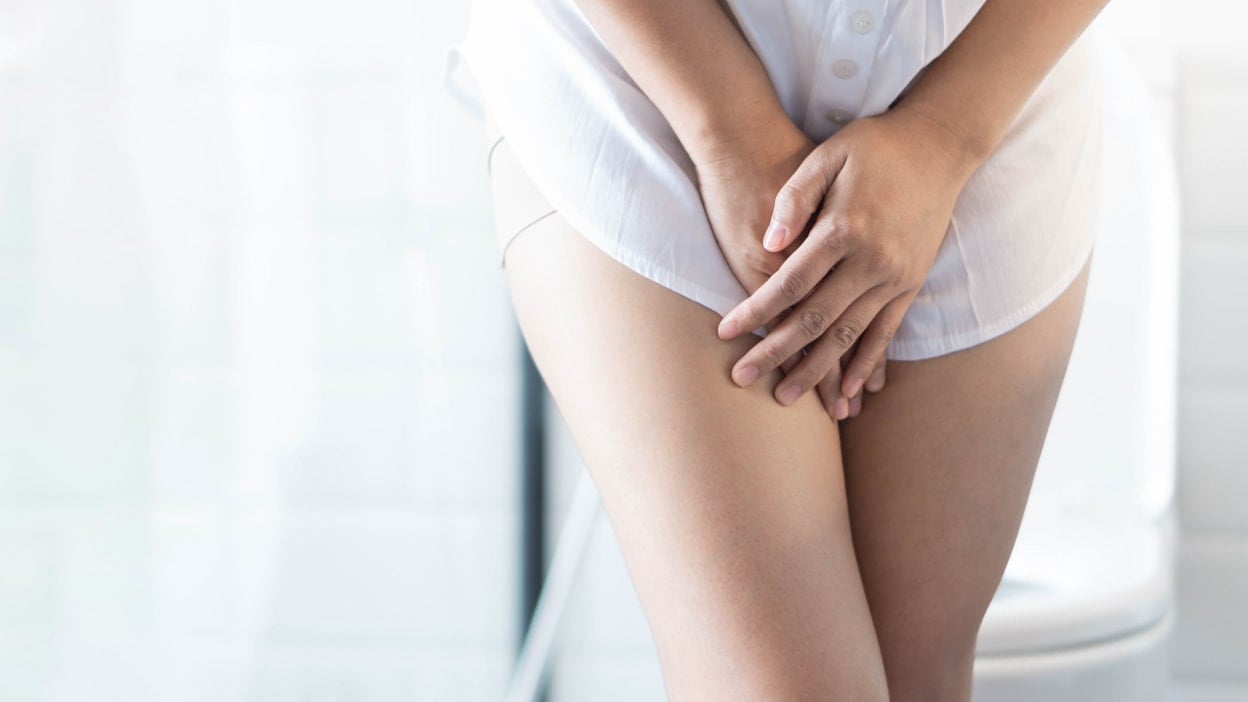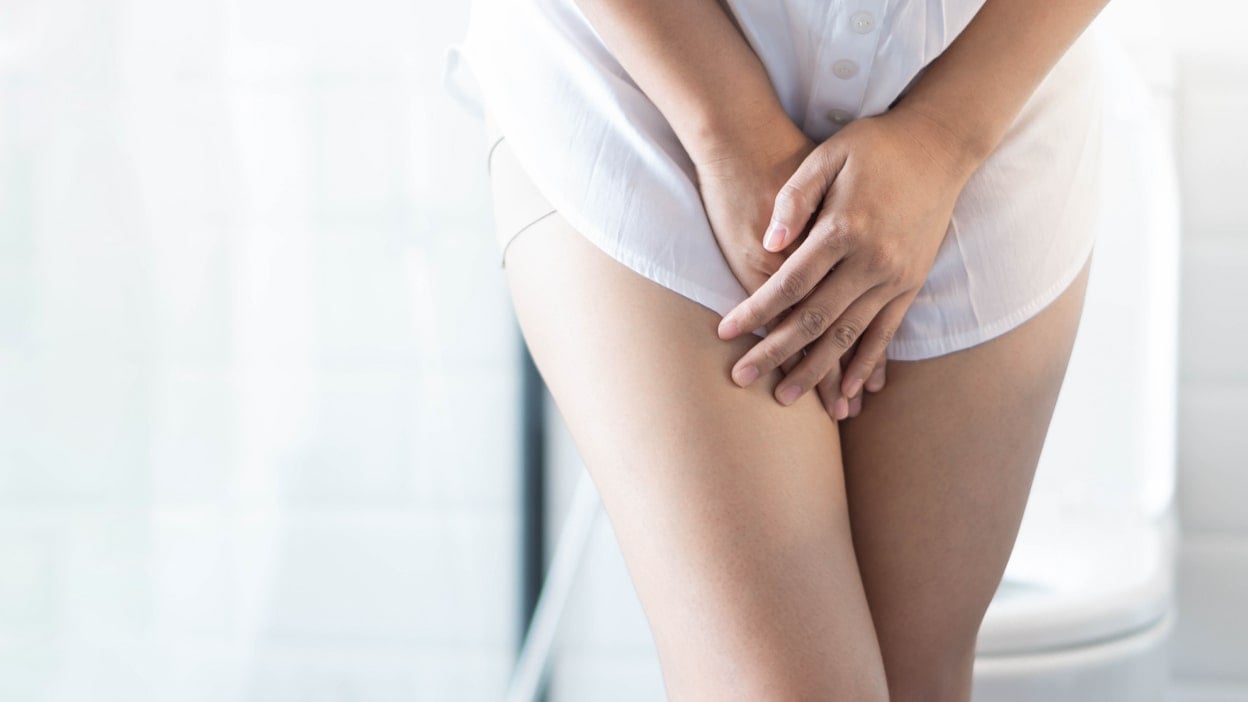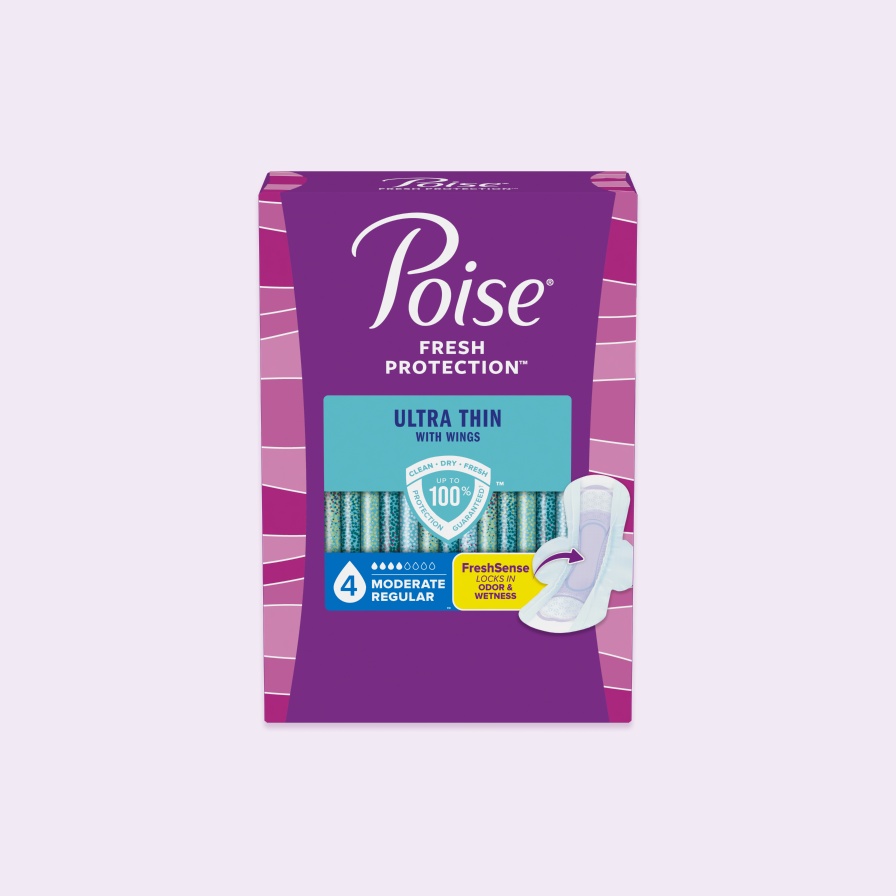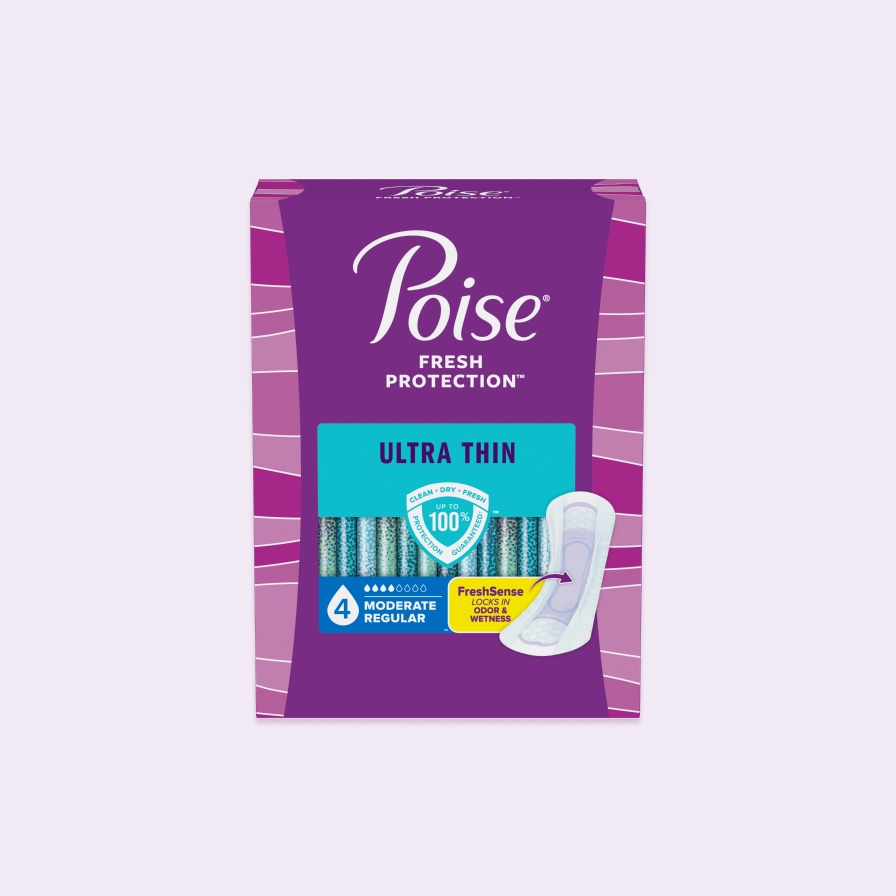Treatment Options for LBL / Urinary Incontinence
Light Bladder Leakage / Urinary Incontinence Treatment Options for Women
When it comes to treating bladder leakage, women have a wide range of options, from exercises to devices to surgery. Which choice is best for you? It really depends on your personal preferences, how much time, effort, and money you are willing to spend, and which options best fit your lifestyle.
Non-Surgical Treatment Options
- Kegel Exercises
- Electrical Stimulation
- Biofeedback
- Medications
- Pessaries
- Implants
Perhaps the best-known non-surgical treatment for bladder leakage is Kegel Exercises. These exercises focus on strengthening the sphincter muscles (the muscles that control the release of urine) and the muscles of the pelvic floor. Once strengthened, many women can reduce or even eliminate their bladder control problems. Despite the belief that some women are too old to benefit from Kegel exercises, the truth is that women of any age can often benefit from them. Many urologists, nurses, and women's health physical therapists can teach you how to do Kegel exercises correctly, and then you can do the exercises in the comfort and privacy of your own home.
Another non-surgical option for treating bladder leakage. With electrical stimulation, electrodes are placed in the vagina or rectum temporarily to stimulate and strengthen the muscles of the lower pelvis. Overactive muscles are calmed, and the muscles of the urethra are stimulated to contract.
Another non-surgical treatment, involves placing electronic sensors on your body. These sensors help you understand when your bladder and urethral muscles contract, and this knowledge allows you to better control them. Biofeedback is sometimes combined with Kegel exercises and electrical stimulation.
Medications may help some women by tightening muscles at the bladder and urethra. Some drugs work better for some women than for others, so you may have to try more than one medication before finding the one that works best for you. Patience is important because each medication may take several weeks to reach full effectiveness.
Non-surgical options also include insertable devices. A pessary, for instance, is a device placed in the vagina. Once in place, the pessary presses against the vaginal wall and urethra. The urethra is repositioned, reducing bladder leakage.
Next in the range of non-surgical treatments are implants, also known as bulking agents. The implants, which may consist of collagen or a patient's own fat, are injected into the tissues around the urethra, expanding them and helping the urethra close completely. A doctor puts the implants in place during a procedure that takes approximately thirty minutes, and the patient is kept comfortable with a local anesthetic.
Many women find success using one or more of these non-surgical treatments. Some women, though, choose to skip these options completely and start with surgery.
Surgical Treatment Options
John L. Washington, MD FACOG, a board-certified urogynecologist in Burlington, North Carolina, believes this is the right choice for some women. "I think it makes sense for a lot of people," he says, stating that non-surgical options often require continuous effort and aren't always completely successful. He adds, "Surgery has about an eighty-five to ninety-five percent success rate and can take a relatively short amount of time, depending on the type of surgery."
For example, stress incontinence is a condition that can sometimes call for surgery. In most cases, the bladder dropping down toward the vagina is the underlying cause of stress incontinence, so a surgical procedure usually involves raising the bladder back to its natural position. After making an incision in the abdomen or vagina, the surgeon repositions the bladder and secures it in place with a type of sling or supportive material that is anchored to a ligament, bone, or muscle. Or in certain situations, a woman might be a candidate to have an artificial sphincter implanted. This device squeezes the urethra closed. To empty her bladder, the woman activates a valve, which is implanted under the skin, releasing pressure on the urethra and allowing it to open.
Considerations
Surgical repair can often help women regardless of whether they live an active, sedentary, or average lifestyle; however, a woman who is planning to have more children should carefully discuss her options with her doctor. "If a woman is planning to have children, she should put off the surgery," says Washington. "If she cannot do that, then I would advise a Caesarian section for delivery."
The range of treatments available to women for their bladder leakage is wide, from simple exercises at one end to reconstructive surgery at the other. A urologist, urogynecologist, or Ob-Gyn can work closely with you to help you decide which option is best.
Recommended Products
Absorbency Level
Absorbency Level










